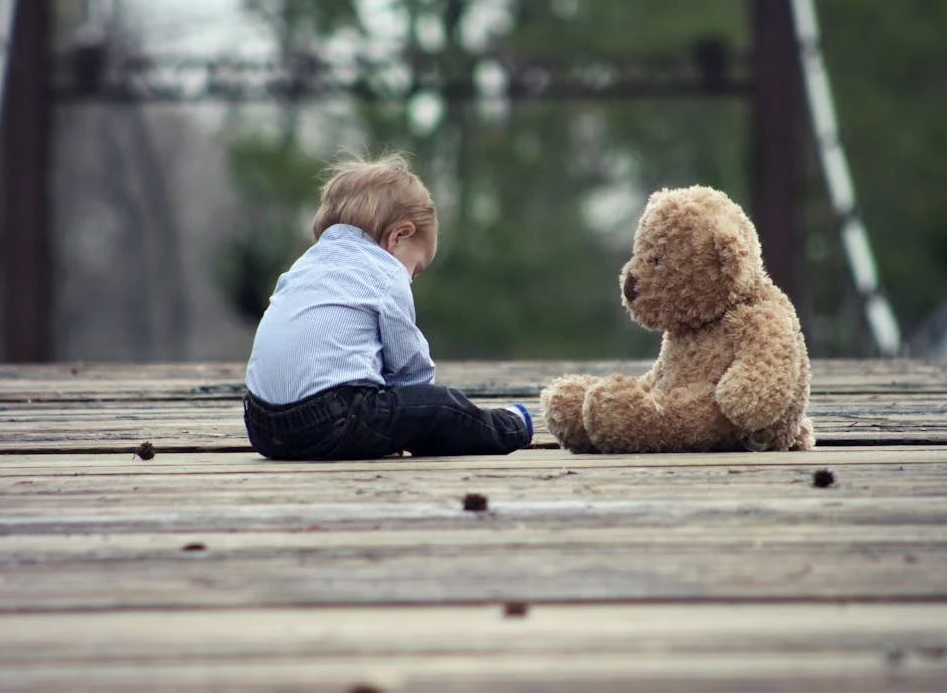Every year, Americans capture millions of hours of video footage of their children. It's a national hobby, a priceless and treasured documentation of a pivotal moment. It's both one of the easiest and most challenging video projects to do.
Your kids will never be this young again. Memories are priceless, so keep shooting. Here are some tips for home videography:
1. Come down to their level
Adults perceive the world from five to six feet above ground level, whereas youngsters see it from six to eighteen inches above the floor. Look at their surroundings in the same manner they do. Getting down to ground level allows you to capture their faces directly and engage them in their own setting.
2. Tell stories using your footage
Look for the beginning, middle, and end. Baby movies with themes, such as Going Shopping with Nana, are more intriguing than those labeled Thursday.
Videotape those around you. Don't get caught up in the present when thinking about your audience. Your films are a time capsule for your children; short interviews about music, politics, and the news, as well as vignettes of life like a tour of the car or the house, will be intriguing additions to the snapshots of life you're documenting. Twenty years from now, your videos will have a whole new audience, and they will be priceless.
3. Get everything covered!
Static photos of the environment can be useful later when you need to trim the middle of a long shot. You can also record brief videos of brochures, receipts, calendars, street signs, and landmarks for future reference. Like a video scrapbook, each of these photos tells the tale of the child's life and environment at the moment.
Document the world around your youngster. Don't forget to take enough landscape shots of the child's house, yard, street, school, and other familiar surroundings to give the overall video a more expansive feel. If there are only close-up images of the child or the youngster with relatives, they may be unaware that the 10-year-old bench in the yard's corner was previously sparkling and fresh, hand-built by his grandfather, or that the enormous lemon tree on the corner was once as small as they were.
4. Allow the universe to revolve around the child
A two-year-old who sees a terrific downpour out the window for the first time is experiencing something new and fascinating. Allow the child to reflect without an adult's constant conversation in the background.
Time is on the child's side, not yours! Remember that you should devote your time to your child, particularly babies, rather than the other way around. If you schedule a shoot from 2:30 to 3:00 and the infant isn't awake or isn’t in the mood until 2:50, it's your responsibility, not the child's. If you don't structure your life around the child's needs, your coverage will be inadequate. Slow down. Take your time. The resulting photographs will be well worth it.
5. Remove the clutter.
Examine the angle you intend to photograph from and check if there is any clutter in the backdrop or front, such as toys or overly bold prints, that could distract from your subject. To assist the baby's face stand out on the screen, keep the background soft and use only one patternless color.
6. Edit properly
Now we'll look at the key to making your videos a success. You've laid the groundwork - you have excellent footage that's well-composed, nicely lit, and charming. Now it's time to format it for your intended audience. When creating videos for the general public - your coworkers, friends from school, and casual acquaintances - keep in mind that they are interested in your baby videos because they are interested in you, and their attention span is likely to be between a minute and a half and three minutes. For recordings you want to share with family and close friends, you can go considerably longer - ten to thirty minutes, depending on how much wonderful footage you have. So, first, edit together your long film, which you'll show to Mom and Dad. Save it, and then re-edit a second version based on it; it will be much shorter, with only the highlights.
Be kind to your viewers. People know what they're getting, and they're coming to see the baby, not be blown away by cinematographic genius, so you can be a little sloppier than usual. You can edit quickly and make imperfect cuts, but stick to the good footage. Stay on pace and avoid shots that last too long without a result.
The bottom line
There is no correct way. Do it as you feel it. Making memories with video is a lot of fun, and the more you practice, the better you will get. There's something inherently fulfilling about being able to give a video link to someone you've created and see a smile on their face. Once you've mastered this, creating personalized movies makes excellent gifts.






Comments